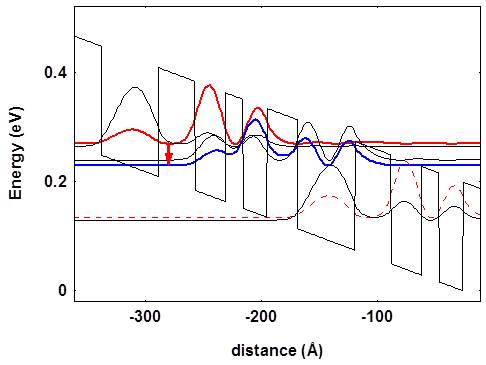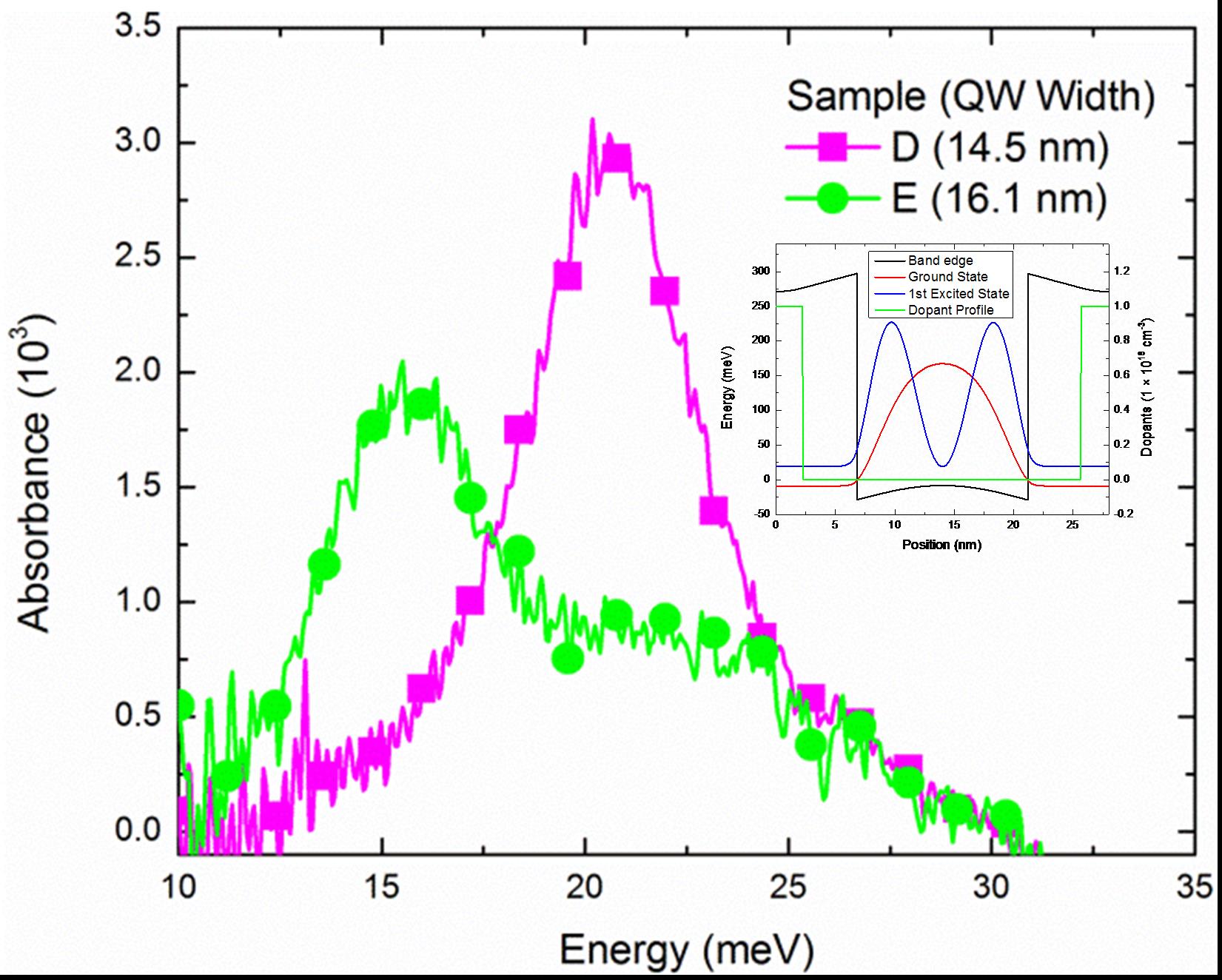Nonpolar nitrides for THz devices

This project investigates a new class of compact, efficient laser light sources operating in the long-wavelength spectral range between the infrared and the microwave ranges, known as the terahertz (THz) gap. Due to fundamental limitations of commonly used semiconductors, this range is currently inaccessible with any other semiconductor lasers. This project exploits the unique properties of nitride semiconductors. However, the nitrides also present some unique challenges related to their atomic structure and built-in electric fields. To overcome these challenges we are employing sophisticated modeling tools to design new laser structures. The materials are then grown using molecular beam epitaxy, a technique that allows control of the nitride thicknesses at the nanoscale, and characterized with structural and optical techniques. Ultimately, laser devices will be fabricated and tested to study their performance under different operating conditions and to further refine the design parameters.
This project develops and studies a new class of far-infrared semiconductor emitters for the 1-10 THz range, specifically for the reststrahlen band of GaAs (30-40 micron). These lasers utilize intersubband transitions in the conduction band of non-polar III-nitride heterostructures and employ the general operating principles of quantum cascade lasers. The technical approach involves using low Al-composition, non-polar nitride heterostructures (AlInGaN/GaN) grown on high quality free-standing m-plane GaN substrates to mitigate material quality and design issues that have, so far, impeded progress of nitride intersubband devices. The choice of polarization-free m-plane heterostructures has the tremendous advantage of eliminating the effect of built-in electric fields at hetero-interfaces.
Taking advantage of our knowledge of MBE growth of AlGaN/GaN heterostructures on m-plane free-standing GaN substrates, we have demonstrated for the first time THz intersubband absorption in the 4-6 THz (15.6-26.1 meV) range. For the transition from ground to first excited state, we observed a trend of decreasing energy with increasing QW width, in agreement with theoretical expectations. However, a many-body blue-shift of up to 14 meV was observed relative to the calculated values. This blue-shift was shown to decrease to roughly 4 meV when the total sheet density is reduced from 1x1012 cm−2 to 4.5x1011 cm−2. Furthermore, a 40% reduction in the linewidth (from roughly 8 to 5 meV) was obtained by reducing the total sheet density and inserting an undoped spacer region that separates the wavefunctions from the ionized impurities in the barriers. The theoretical band structure and corresponding experimental THz absorption curves are shown in the figure below. Our results are promising for the potential use of m-plane nitrides for THz lasers and detectors.

